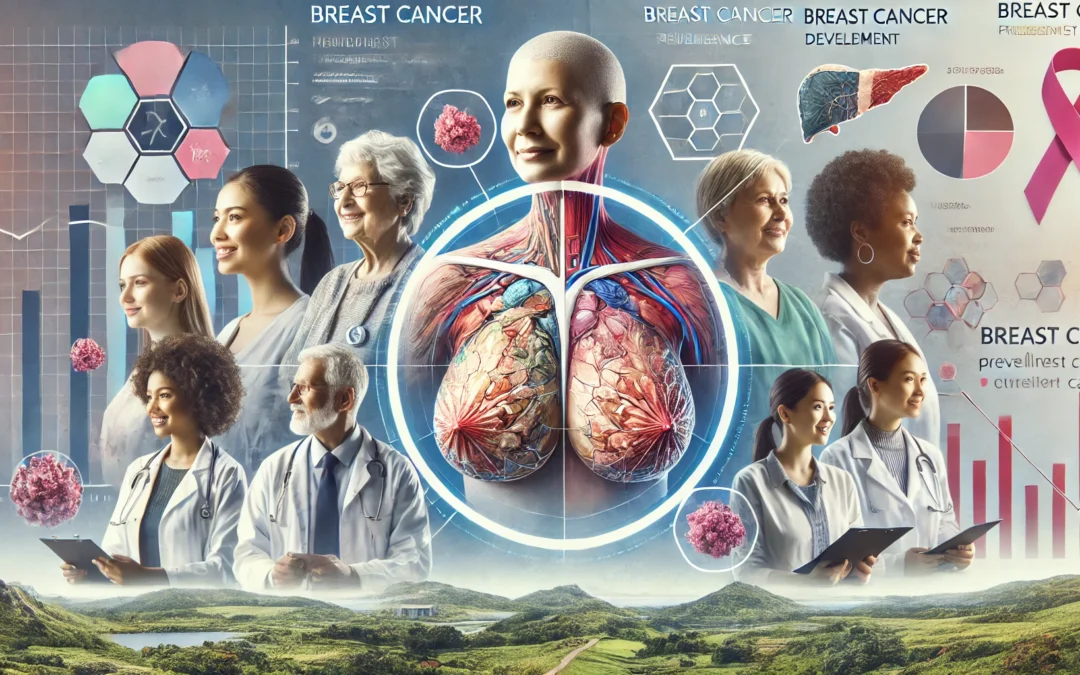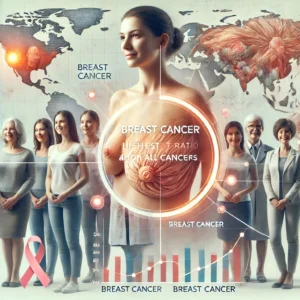Breast cancer is the most common type of cancer worldwide, affecting millions of women each year. According to the World Health Organization (WHO), it accounts for a significant percentage of all cancer cases. But why is breast cancer so prevalent compared to other types of cancer? Let’s explore the key factors that contribute to its high occurrence.
1. Biological and Genetic Factors
Breast tissue is highly susceptible to hormonal changes, making it more prone to cancerous growth. Additionally, genetic mutations, such as BRCA1 and BRCA2, significantly increase the risk of developing breast cancer. Women with a family history of breast cancer are more likely to be diagnosed with the disease.
2. Hormonal Influence
Estrogen and progesterone, two essential hormones in the female body, can sometimes trigger the growth of cancer cells in breast tissue. Prolonged exposure to these hormones due to early menstruation, late menopause, or hormone replacement therapy can elevate the risk of breast cancer.
3. Lifestyle and Environmental Factors
Modern lifestyles contribute to the rising cases of breast cancer. Factors such as obesity, alcohol consumption, smoking, lack of physical activity, and poor diet are known to increase cancer risk. Environmental pollutants and exposure to radiation also play a role in breast cancer development.
4. Aging Population
With increasing life expectancy, more women are reaching older ages where the risk of developing breast cancer is higher. Most breast cancer cases are diagnosed in women over the age of 50, emphasizing the link between aging and cancer prevalence.
5. Improved Detection and Awareness
The high number of diagnosed cases is also a result of better screening and early detection methods. With the widespread availability of mammograms, more cases are identified in earlier stages, increasing the reported numbers but also improving survival rates.
6. Global Trends and Urbanization
Urbanization and industrialization have introduced various risk factors, such as sedentary lifestyles and increased stress levels, which contribute to the higher incidence of breast cancer. Developing countries are also experiencing rising cases due to changes in reproductive patterns and healthcare access.


